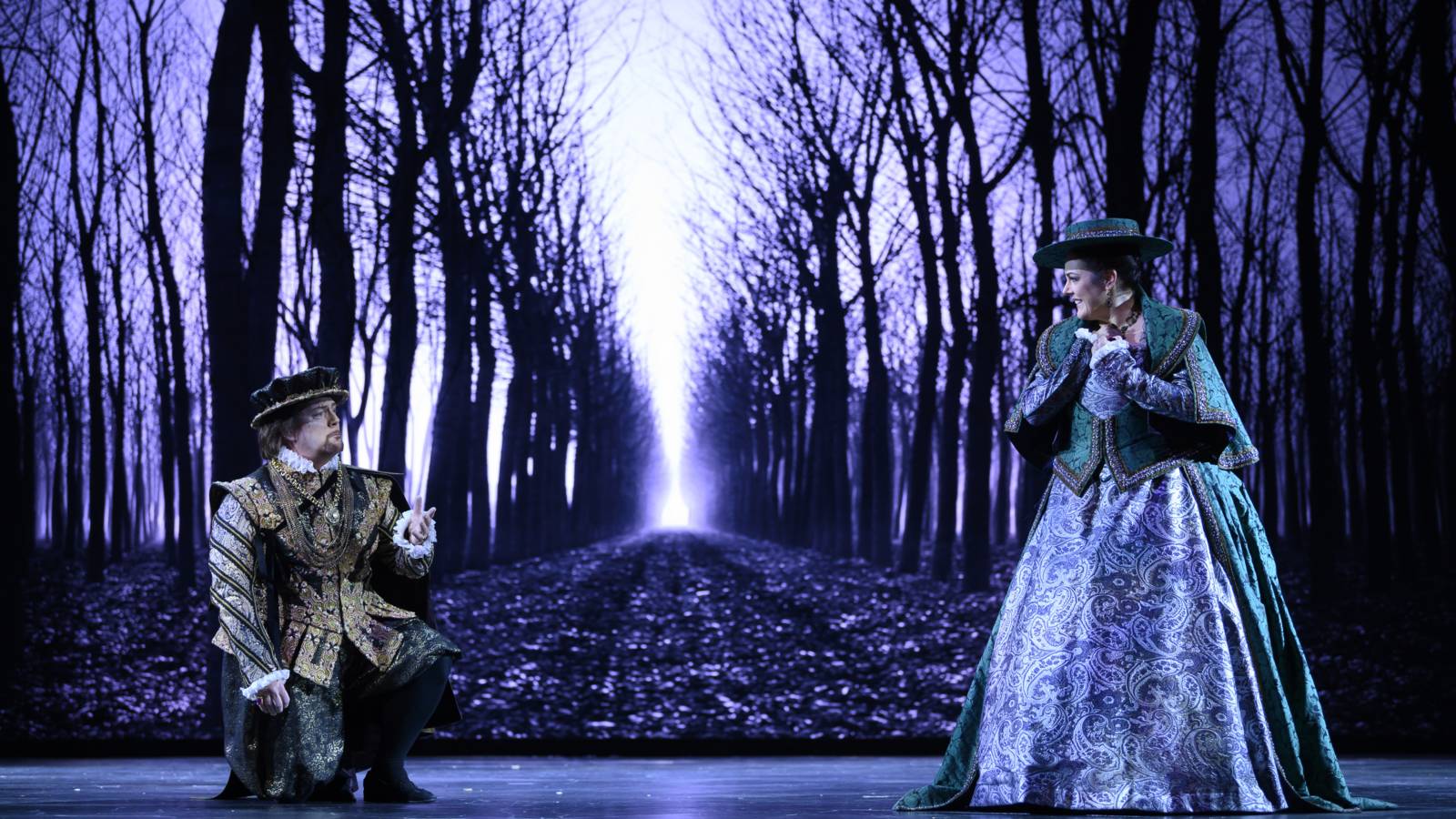Blog
Why Is Don Carlo a Must-See? (part II)

By CHIAO Yuan-Pu
In the previous article, I discussed how the Théâtre Impérial de l'Opera in Paris invited VERDI to write Don Carlo, which was based on Friedrich SCHILLER's opera by the same name about a historical incident in the Spanish court. The most common of VERDI's versions are the five-act French one and the four-act Italian one. But to really understand VERDI's wholehearted effort and the true appeal of the opera, we must understand the format of the piece—the celebrated genre of grand opera.
French Grand Opera: The Showiest of All the World's Forms of Entertainment
“French grand opera” refers to an opera form that peaked from the 1830s to 1860s, mostly at the Théâtre Impérial de l'Opera. It was viewed as the most grandiose, sensational form of entertainment the world had ever seen, on par with the US$100-million films made in today's Hollywood. Grand opera has several features, including, as one might guess, its large scale. Don Carlo is VERDI's longest opera, and in that age of no TV or Internet, being able to spend a whole evening enjoying an opera was obviously enjoyable. But the operas had to incorporate the epitome of grandeur so that the audience could stay attentive for so long. For example, in the vocal aspect, grand opera frequently has two female leads of differing characteristics and an array of male roles that carried highly strenuous technical demands. In Don Carlo, the roles of Elizabeth (soprano) and Eboli (mezzo-soprano) are quite balanced with each other. Don Carlo, Rodrigo, and Philip II are the respective tenor, baritone, and bass roles. A duet between the basses (the Grand Inquisitor and Philip II), quite a rarity in opera, causes the listener to tremble like no other piece of opera music.
Resplendent Stage Setting Matches Brilliance of the Music
With such an amazing auditory experience, the visual aspect can by no means be wanting. Grand opera has the setting of a ballet at the levels of magnificence and wonder. Though Don Carlo is not the opera with the most stage design elements and props or changes in scenery, it portrays well the splendor of the Spanish court and the dark horror of the site where people were executed at the stake. VERDI indeed gave the content of the piece an extraordinary intensity, so the scenery naturally had to be equally awe-inspiring. This is what grand opera requires, which is why Weiwuying has collaborated with Opéra Royal de Wallonie-Liège to obtain the necessary scenery materials and props. The world is full of opera productions now, and even though they do not all need to be extravagant, you should still experience the richness of at least one grand opera.
 |
Inner Helplessness Despite Superficial Resplendence
Don Carlo was not composed just to cater to the preferences of Parisians. When he wrote it, he was already well-versed in his trade, so he was able to give it a great degree of depth despite all the external brilliance. Most grand opera plots are about personal struggles within historical events. These events are always major, but the opera focuses on the pain that the characters are helpless to escape from. For instance, in Don Carlo, the Spanish crown prince, Don Carlo, and French princess Elizabeth are in love while their nations are at war. After much difficulty, peace is arrived at through the marriage of Elizabeth to Don Carlo's father, the king, causing the youthful lovers to fall into emotional anguish. But they are not the only ones who suffer. The king and Eboli suffer from unreciprocated love, while Rodrigo and the Grand Inquisitor cook up schemes. As family ties clash with government authority, and as the latter clashes with religious authority, VERDI uses the features of each voice to its full potential, creating a storm of operatic luster through the solos and ensembles. Don Carlo is not necessarily just a classic of VERDI's—it might be the greatest grand opera ever.
VERDI's Definitive Version
Master Italian conductor Riccardo Muti believes that the crux of the four-act Italian version (its creation being a demand of VERDI himself) is emotional unity. He said, “From the point that the curtain rises, everything is shrouded in fatalism.” I look forward to Weiwuying's Italian version and to Don Carlo becoming a favorite in Taiwan that will see repeated performances.
 |
 |
The photographs were taken during the premiere at Opéra Royal de Wallonie-Liège.
Learn More:
Top Hash Tags
You May Also Like
Pushing the Envelope in Sound: An Unbounded Journey of Music
In recent years, with all kinds of brilliant music performances, Weiwuying has become a major platform for arts exchange. As a composer, musician, and music educator, I had especially longed for this because now I no longer have to spend a lot of time and money traveling to some other city to be able to interact with some of the best musicians from around the world and to experience different cultures through their musical vocabularies.

What Would Your Nutcracker Be in Taiwan?
Every dancer remembers their first Nutcracker. For some, it was "Spanish Hot Chocolate," and for others, it was being the second "Snowflake" from the left.



